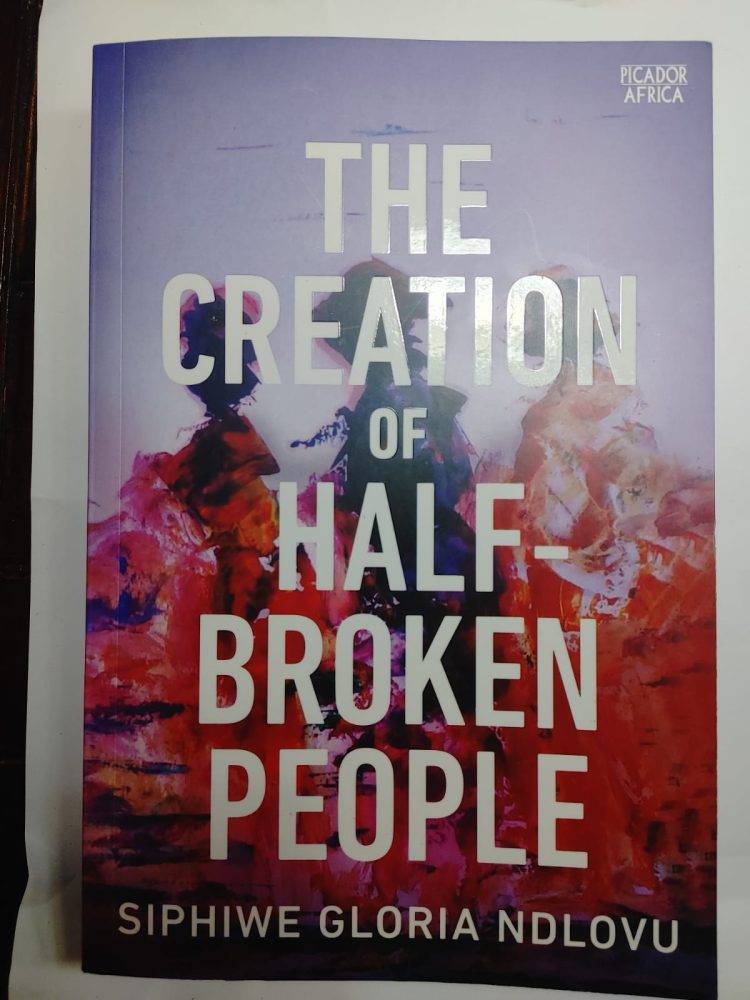
Have you ever wondered what you would do if you received visions of the future?
Now, I need to be clear here. I’m not talking about a situation where you could willingly peer forward through the veils of time and see exactly what you wanted to see.
Because, in that situation, I feel 99 out of 100 people would say something like: “Why, I’d get some winning lottery numbers or be like Biff Tannen in Back To The Future 2 and place massive winning bets on every sporting event ever. And then I’d tell everyone at my place of employment to kiss my ass until their lips fell off.”
And that slightly pithy, wonderfully greedy response is perfectly human and perfectly understandable. It’s the other 1 out of 100 people, who would say something like: “I’d find out if my beloved Arsenal ever wins the cup,” that we really need to worry about.
But let’s talk about another sort of vision. The kind that comes unbidden and shows you things that are either terrifying, sad or confusing. The kind which makes The Oracle wish that she wasn’t one.
I think it’s reasonable to state that it would take a special person to handle frequent, unwanted visions of such a nature. And, occasionally, that person may get bent and broken by such visions.
Or would have been bent and broken to begin with.
History and folklore are positively littered with examples of this. Many, many stories contain The Seer —those who can part the mists of the unknown and get access to knowledge and vision that should not belong to them. This person, usually a woman — and often of some sort of exotic ancestry, when portrayed in books written by white male authors — is often a figure that inspires fear and respect in equal measure.
And it is often implied that said person is special and potentially unwell in equal measure.
It is these women, these all-seeing, powerful, mysterious, frightening, potentially not-all-there women, upon whom Siphiwe Gloria Ndlovu’s impactful new piece of African Gothic literature casts a spotlight.
The Creation of Half-Broken People is told from the perspective of four such women. We receive three novellas of appreciable length, presented in reverse chronological order, each about a specific and special woman — Patient 925N, the Misremembered Woman; Beloved Daughter of a Pioneer, the Misbegotten Woman and Settie Muhambie, the Forgotten Woman. They are brought together by the narration of the Anonymous Woman, who lives in a world about to be sent mad by Covid-19.
And, as our literally nameless narrator teases out the threads of the stories of the other three, we discover their fates are intertwined by the colonisation of Zimbabwe and the founding of the city of Bulawayo.
There is a deeper connection, brighter and more profound, between the four women, but I will leave that for you to discover, Dear Reader.
Each novella is well told and fleshed out with an almost overwhelming cast of supporting characters. But it never feels as if a frivolous character or viewpoint is presented.
What Ndlovu has done in this book, besides providing us with robust stories about robust, interesting, simultaneously complicated yet simple women, is give us a new spin on an old genre.
Many Victorian-era English authors gave us exciting, exotic tales about England’s colonisation of Africa, often portraying what was a bloody and rapacious time in British history as noble and downright necessary.
Invariably, these tales were patronising, dismissive of — and downright dehumanising towards — the native people of the lands that were being brought to Her Majesty’s territories. And it is here that Ndlovu sets out to right some wrongs.
The writer addresses the colonisation of what was then called Rhodesia by the British from the point of view of the colonised.
An adventure story about noble men bringing darkest Africa to the light becomes a horror story of oppression and fear at the hands of these New Men. Men who would take everything that makes a nation wealthy and give it to their ephemeral queen who resided across the sea, and reciprocate with vaporous gifts like “religion” and “civilisation”, both of which were present before their arrival.
Ndlovu’s starting point is H Rider Haggard’s King Solomon’s Mines, the book which gave us Allan Quatermain, who was then Americanised into Indiana Jones by Steven Spielberg and George Lucas.
Full disclosure — I have never read King Solomon’s Mines, nor do I ever intend to. I have tried reading works by Haggard and Robert Ruark and the like but I simply could not venture that far into them. The jingoistic and almost vulgarly masculine viewpoints presented by these books make no sense to me, the old guy in love with Star Wars.
Haggard’s book also gave us the almost comically offensively named Gagool, a wise and ancient witch doctor of the native tribe inhabiting the area surrounding the titular mines.
Gagool is Ndlovu’s muse and her desire to set the record straight with regard to the perceptions of native people in older works, particularly those with a gift of some sort, is ample fuel for this profound story.
What Ndlovu also does so well is explore the gifts that the four women possess. She paints a picture equally coloured by science, mental illness and magic, and always leads us to a point juuuuuust deliciously shy of the whole truth, until the very end of the book.
The story is billed as African Gothic, but it is never uncomfortably sinister. Our narrator is perhaps the darkest character, but the book moves progressively into the sunlight as we move backwards through time and perceive the entire picture.
And the whole story is tied together with one fundamental principle — people placed under immense pressure often break. And there can be no greater pressure than an entire nation of men crossing the ocean to destroy everything you know and hold sacred.
But some people display resilience enough to resist the pressure and might only become half-broken.
And these are the people with the most fascinating stories.
The Creation of Half-Broken People is published by Picador Africa.



